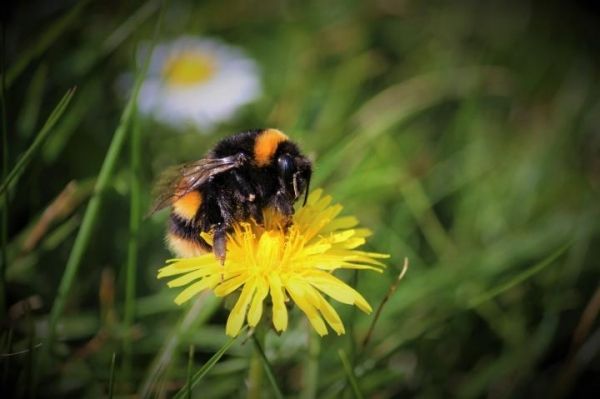For the very first time, researchers from the University of Bristol have measured farmland nectar supplies throughout the whole year and revealed hungry gaps when food supply is not meeting pollinator demand. This novel finding reveals new ways of making farmland better for pollinators, benefitting the many crop plants and wildflowers that depend on them.
Planting wildflower strips is a common strategy for providing pollinators with more food on farmland. These can provide plenty of pollen and nectar for bees to feed on, but most of this food supply is limited to the late spring and early summer when there is already plenty to eat. A new study published in the Journal of Applied Ecology found that early spring (March) and late summer (August-September) are periods of great nectar deficit on UK farmland.
Jane Memmott, Professor of Ecology from Bristol's School of Biological Sciences and principal investigator, explained: "It's not just how much nectar there is that matters, but what time of year that nectar is available.
"If a bumblebee queen comes out of hibernation in March and finds nothing to eat, it doesn’t matter how much nectar there is in summer, because she won’t be alive."
Read more at University of Bristol
Image: A bumblebee queen forages from a dandelion, one of the few sources of pollen and nectar in the early spring (Credit: Tom Timberlake)


